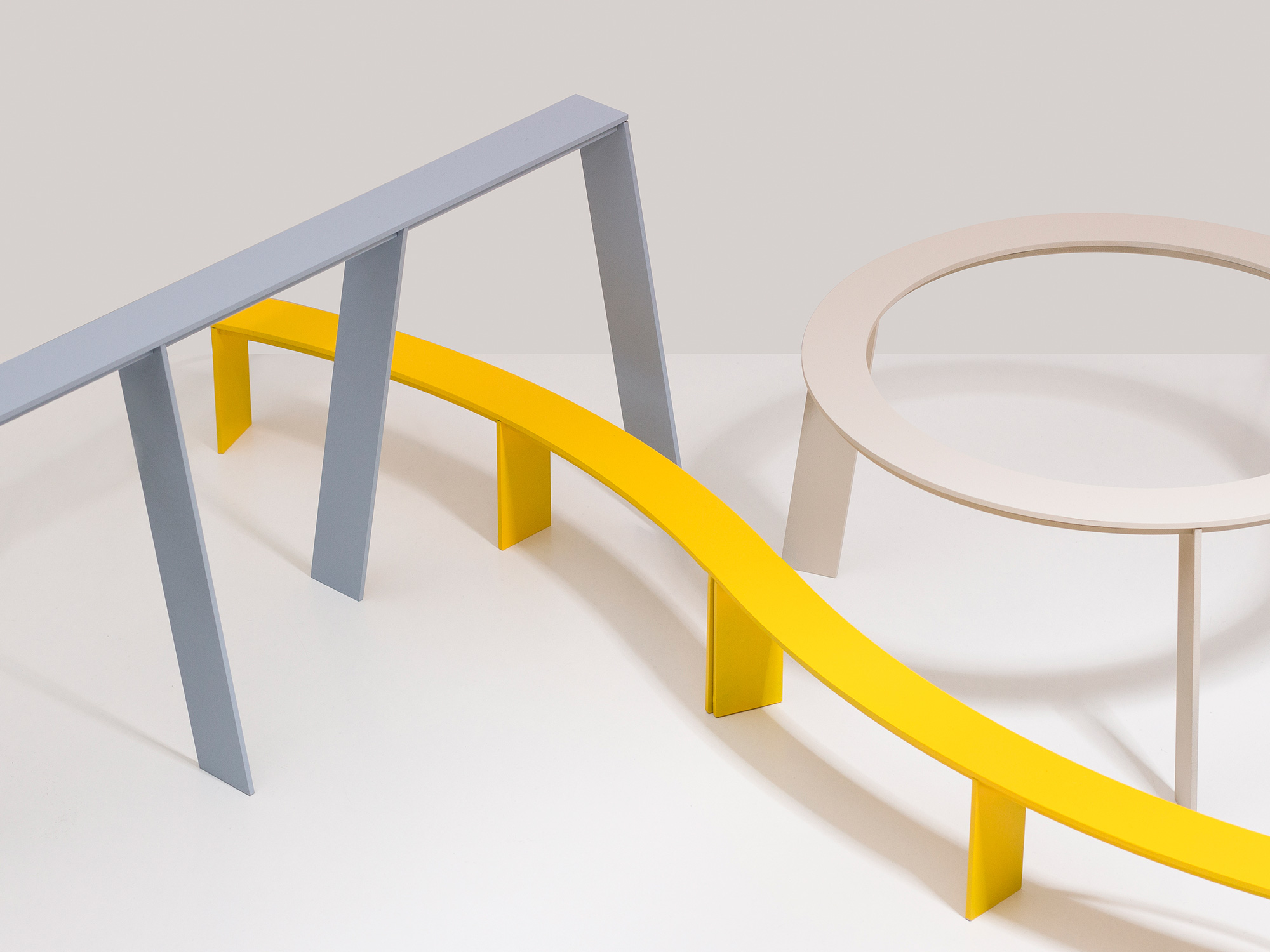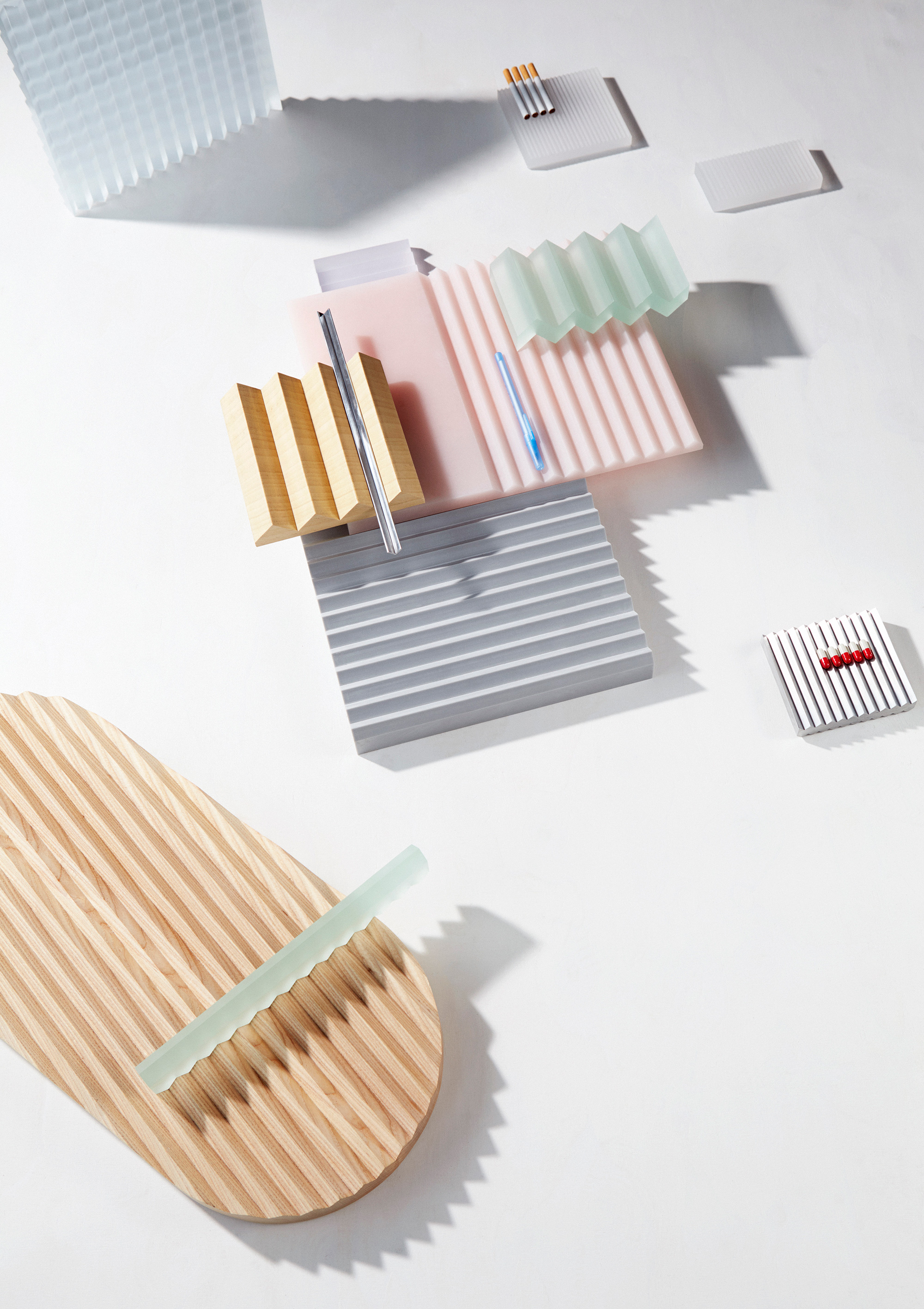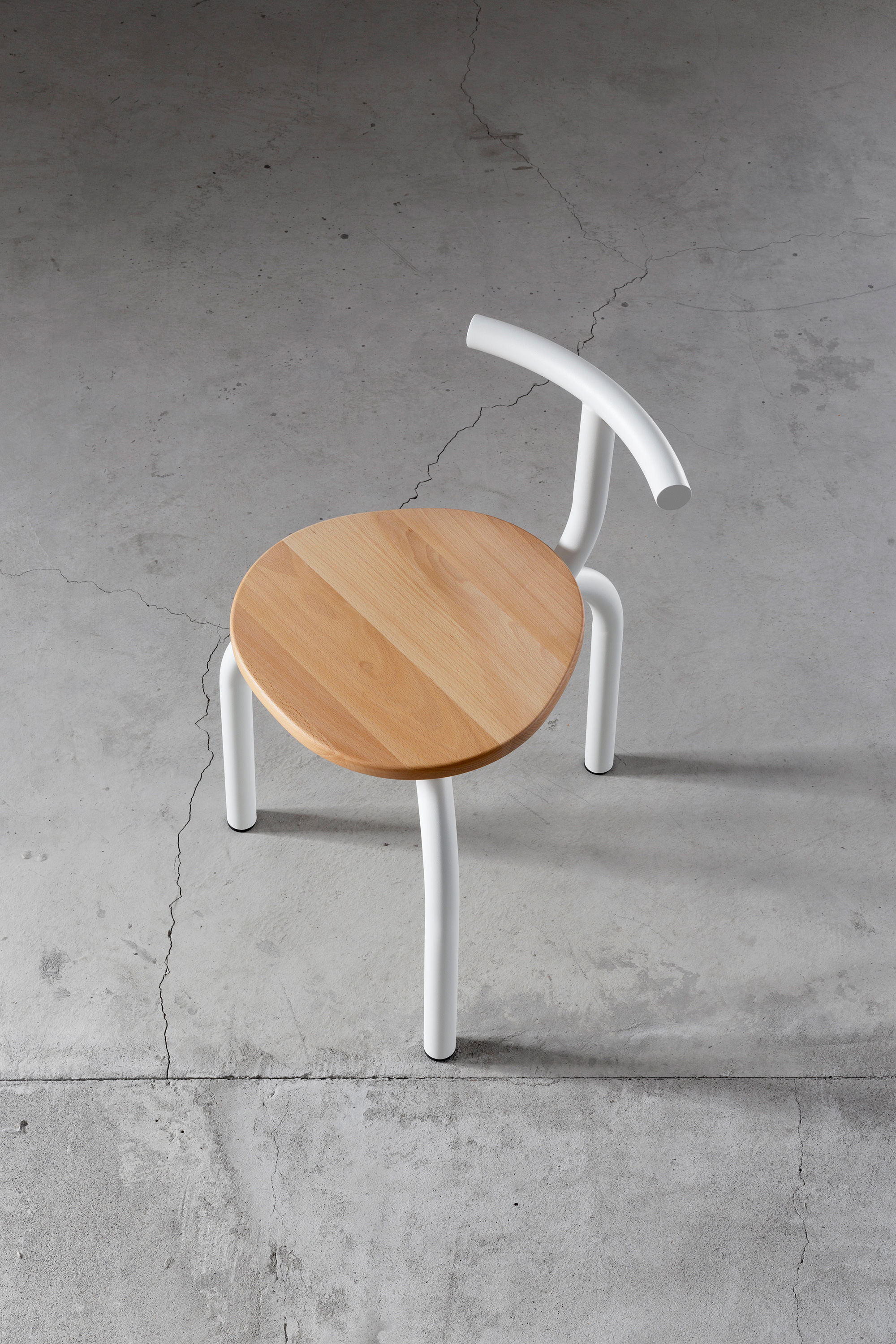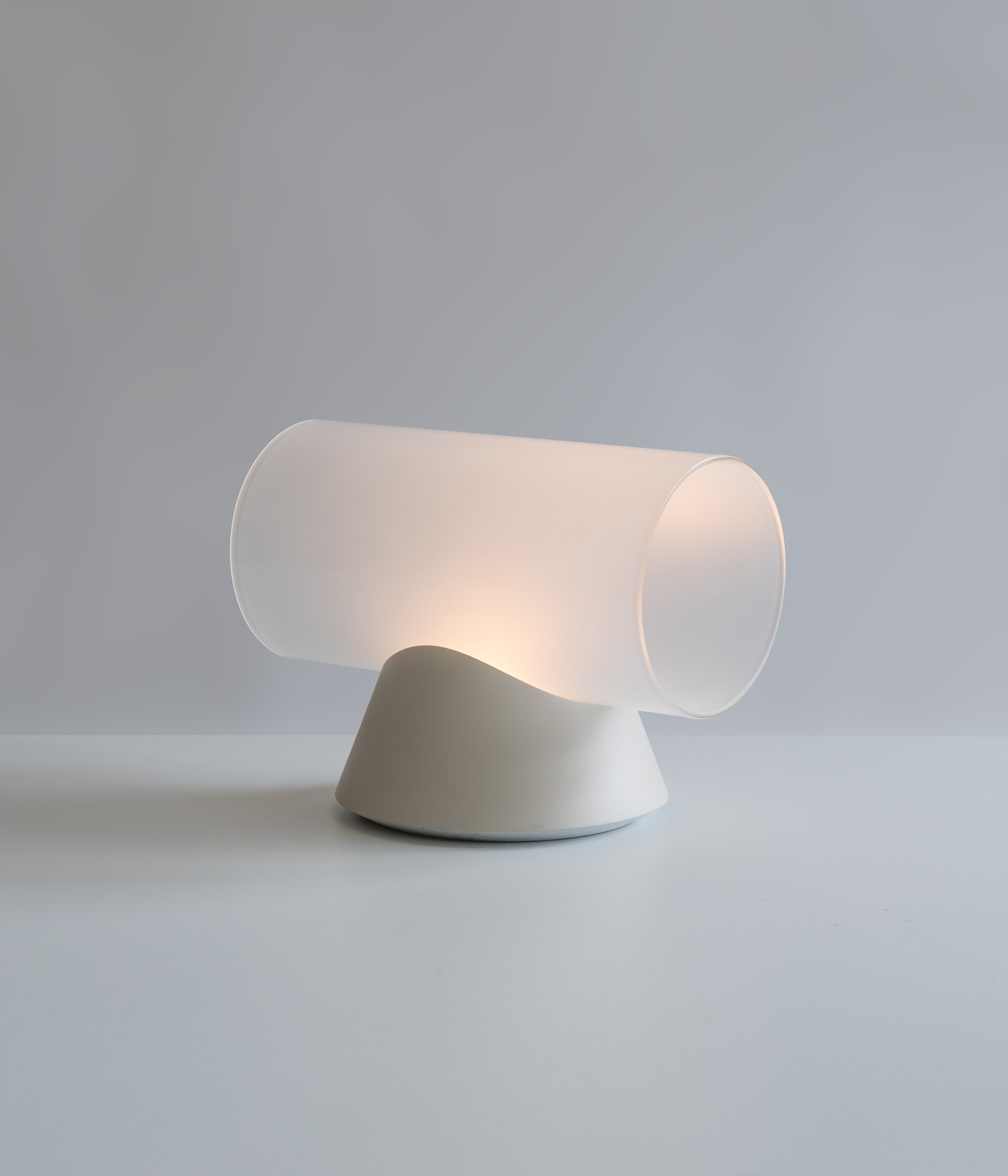Hayo Gebauer is a Berlin-based designer who established his studio in 2016 after graduating from the Master’s program Contextual Design at the Design Academy Eindhoven, Netherlands. Before that, he studied Industrial Design in Braunschweig, Germany. Currently, Gebauer works on new furniture-, product- and lighting prototypes. He develops projects that provide functionality, beauty, quality, and longevity to domestic objects through his design studio.
Today, Gessato gets behind the design with Hayo Gebauer.
Hello Hayo! Thank you for speaking with us today. Tell us, what sets Hayo Gebauer Studio apart from other design studios in the market?
The individuality in my designs is rooted in my upbringing; through socialization, education, and the culture that surrounds me. These factors contribute to the decision-making in my creative process. I can decide to push my works to have higher aesthetic and conceptual standards. However, their success in the market is ultimately decided by others.

In what ways are you influenced by culture and society generally: how does the day-to-day impact your work?
As an individual and as a designer, I observe many details around me. I filter my observations. These impressions emerge in the creative process and determine my decision-making. Therefore, day-to-day life significantly impacts my work.

What is a good design for you?
To me, good design is conscious design, the one that is true to itself. Shape, material, or function are a result of a coherent whole.
Good taste vs bad taste—it’s entirely subjective. What’s your view on the concept of taste?
I think rather than having a certain taste, one should develop an attitude. Having taste tends to be exclusive. Having an attitude allows you to value things that may exceed the concept of taste.

There is a certain degree of playfulness and unexpectedness in all your work. In your opinion, how important (and hard) is it to achieve this fun moment in design?
I believe that fun is an essential part of life – there must be more to it than just necessity and work. Usually, when I design without a specific object in mind, a fun moment comes naturally. When appropriate, I allow my playfulness to be a method to design.
It certainly requires a lot of experimenting and risk-taking. At what point do you know that the work is finished and that it is time to stop?
At times, there is a point where a project has clearly reached its potential. Other times the decision to stop is a compromise between time spent, effort, and outcome.
What are your favorite materials to work with?
I like working with wood, metal, and glass. The reason is that the material properties are well suited for everyday use. The processing of those materials is well developed and available.
Besides social impact, environmental impact is another important dimension of design. In your opinion, how far has design thinking got on sustainability? In what ways do you implement it in your own practice?
I think that the way industries and societies have become dependent on the use of certain materials is problematic rather than the materials themselves. The lost appreciation and the quick replacement of things is a driving factor for an unsustainable way of living. My approach is to create lasting objects through my vision of function, beauty, and quality.

If you didn’t become a designer, what would you be?
I don’t have a specific alternative career in mind, but I think that it would include creativity in some form. Photography comes to my mind.
Your studio is based in Berlin. What is your favorite spot in the city and why?
I enjoy the large park areas and lakes around Berlin a lot. One of my favorite spots is Tempelhofer Feld, a repurposed airfield that is now used as a public space.
What are you working on at the moment?
Currently, I am working on a concept for modular public seating and preparing for Salone Satellite in Milan next year.
Thank you for taking the time to talk with us and best of luck with your future projects!


